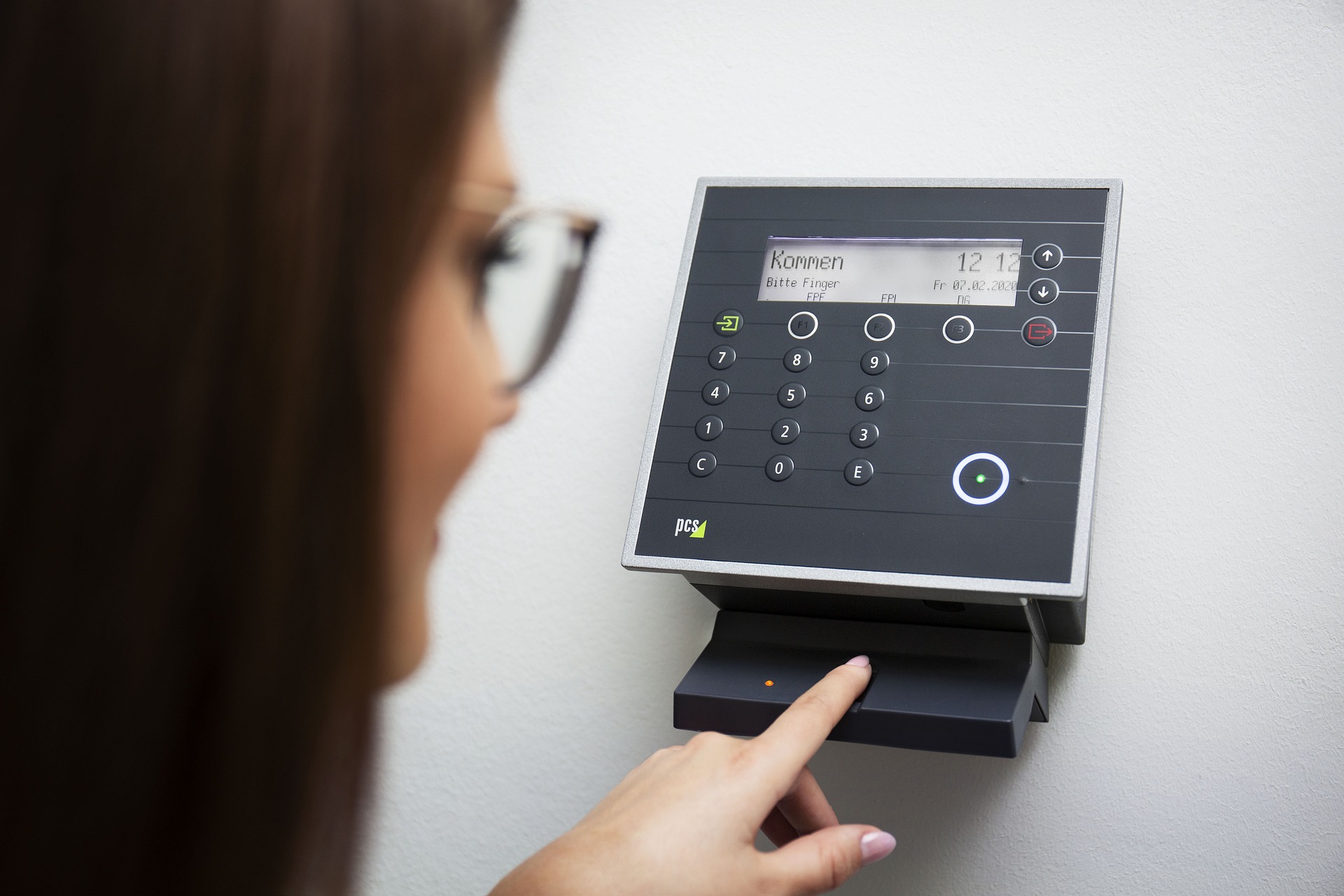Pioneering the Future: Unveiling the Potential of Terahertz Communication Technology
In the world of telecommunications, staying ahead of the curve is a necessity. Imagine a world where data transfer rates are unfathomably fast, where connectivity is not just a convenience but an integral part of our lives. This is the world of terahertz communication technology—a field that is still largely unexplored, but holds immense promise for the future of our interconnected society.

Terahertz communication technology refers to the transmission of data using terahertz frequency waves. Though this technology is still in its nascent stages, it has the potential to revolutionize the way we connect, communicate, and consume digital content.
A Trip Down Memory Lane: The Evolution of Data Transmission
To fully appreciate the potential of terahertz technology, it’s important to understand the history of data transmission. Our journey starts in the 1830s, with the invention of the telegraph. This was a major breakthrough in communication technology, allowing for the transmission of messages across vast distances.
Fast-forward to the 21st century, and we now have an array of communication technologies at our disposal, from Wi-Fi and 4G to Bluetooth and NFC. However, as our demand for connectivity continues to grow, we need to explore new frontiers in data transmission—enter terahertz communication technology.
Terahertz Communication Technology: Implications and Challenges
Terahertz communication technology has the potential to transmit data at speeds that are orders of magnitude faster than current standards. This has implications across a variety of sectors, from telecommunications and entertainment to healthcare and transportation.
Despite its promise, there are significant challenges to overcome before terahertz technology becomes a reality. One of the main obstacles is the development of suitable hardware. At terahertz frequencies, traditional antennas and transceivers are not effective. This requires a paradigm shift in how we design and build communication devices.
Another challenge is signal attenuation. Terahertz waves are susceptible to interference from atmospheric conditions and physical obstacles, which could limit their range and reliability.
Harnessing Terahertz Technology: A Glimpse into the Future
Despite the challenges, the potential applications of terahertz technology are too great to ignore. For instance, in the health sector, terahertz waves could be used in non-invasive medical imaging, offering a safer alternative to X-rays. In the telecommunications industry, terahertz technology could enable ultra-fast data transmission, paving the way for next-generation connectivity solutions.
Embracing the Terahertz Revolution
Terahertz communication technology represents an exciting frontier in telecommunications. While the journey towards realizing its potential is fraught with challenges, the rewards promise to be truly transformative. As we continue to explore this brave new world of connectivity, it’s clear that terahertz technology could be a game-changer in our increasingly digital society.




